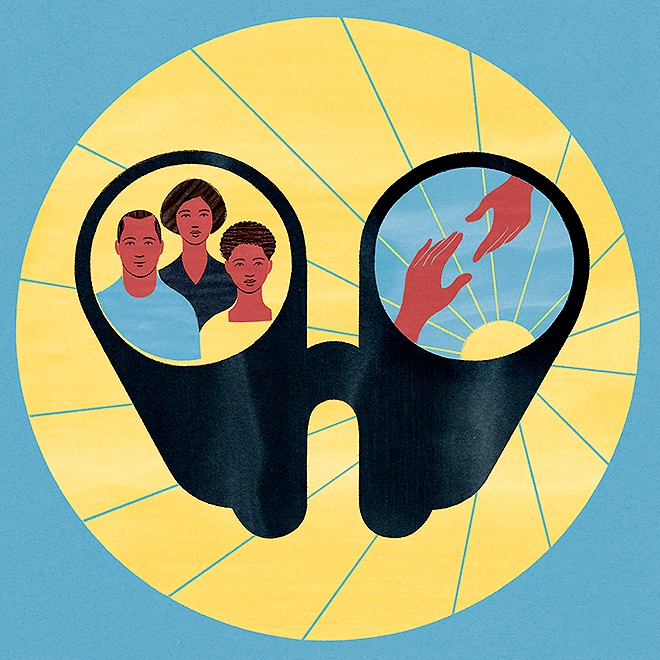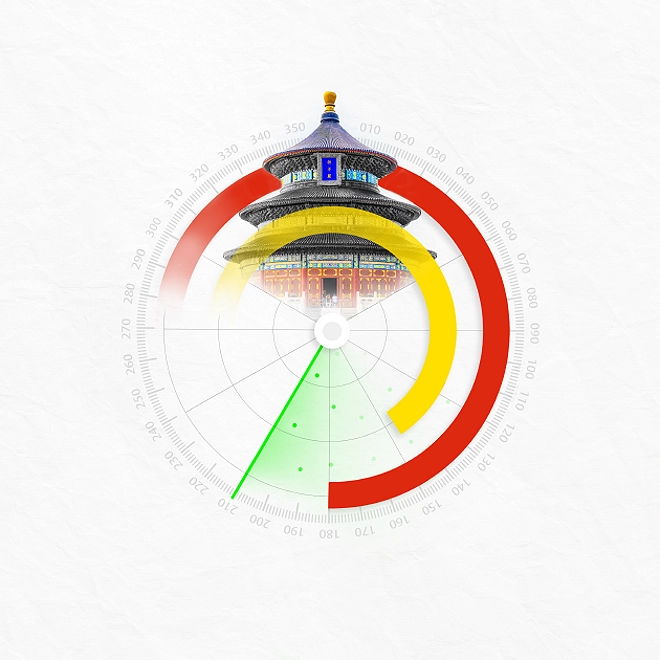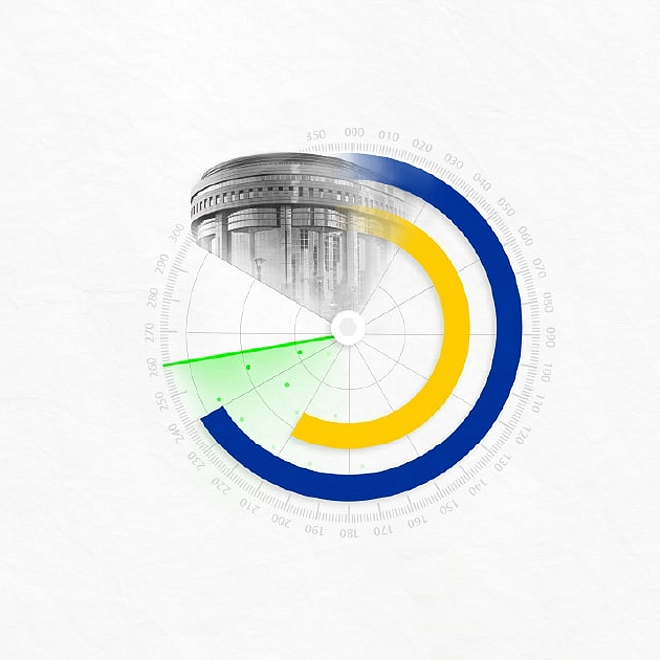The future of work in health and human services
What will jobs look like in the age of AI?
Health and human services (HHS) jobs will likely undergo major changes due to factors such as technology advances and changing demographics. Explore how a range of HHS jobs could look in 2025.
(Originally published April 9, 2020. Updated with new personas, HHS customer of the future, Child support supervisor of the future and Child support caseworker of the future.)
HEALTH and human services (HHS) agencies often struggle to serve some of society’s most needy populations. At many HHS agencies today, tight budgets limit the size of the workforce, even as the volume of caseloads continues to grow. That imbalance makes it hard to provide efficient and effective solutions to address the critical needs of individuals and families, and can leave employees feeling stressed and overworked. Those same employees may also see few opportunities for career development or advancement. High rates of turnover can put a steady stream of inexperienced staff into critical jobs with little training to prepare them.
To compound those challenges, most HHS agencies are still using workforce approaches that were designed in the distant past to meet the needs of that era, not of today.
HHS agencies may strain to cope with some of the disruptions on the horizon. How, for example, can they reorganize to serve a growing aged population, while also meeting the needs of younger constituents who adapt easily to new technology and prefer to communicate via digital means? How can agencies offer workers the job flexibility they demand, replace older workers as they retire, and attract younger generations into the workplace? How can they manage and analyze vast pools of data, so they can gain new insights to guide their policies, track performance and outcomes, and drive efficiencies?
At the same time, these disruptors—if leveraged correctly—may also help HHS agencies address the challenges that make their work so difficult today. New partnerships with businesses and nonprofit organizations, for instance, can create community networks that fill a broader array of critical needs than an agency could on its own. Mobile technologies can give employees the job flexibility they crave, allowing them to work anywhere, at any time. Advances in artificial intelligence and virtual reality can change the nature of work at HHS agencies while also enhancing training capabilities.
If HHS leaders can learn to view these disruptors as potential accelerators, rather than obstacles, they can use them to reform outdated bureaucracies and introduce new practices to meet the needs of the workforce and the public.
As part of that reform, HHS agencies will likely see major changes in the jobs their employees perform. For one thing, technology will handle many of the repetitive tasks that now take up a large portion of the typical agency worker’s day. Freed from much of their data entry, report writing, and other routine functions, caseworkers will be able to spend more time working directly with individuals and families on strategies to meet their specific needs. Managers can focus on coaching and supervising the people who report to them and on overseeing relationships with community partners. All employees will have tools to help them work more efficiently and effectively and gain better insights to inform their decisions.
Some jobs that are currently fixtures in an HHS agency will likely disappear as new ones emerge. Other roles may retain familiar titles but will undergo a profound shift in emphasis.
Understanding how the HHS workforce will evolve can help agency leaders get ready for this profound transformation.
To help HHS leaders and employees visualize the possibilities, we’ve developed a series of personas that describe what a range of different jobs could look like in 2025. We have chosen to describe these 2025 jobs from the vantage point of the workers themselves, exploring how their work has changed, what kinds of skills and career pathways they have, the types of digital tools that assist them in their work, and what a typical day on the job may look like.
Bringing these future jobs to life can help stimulate conversations around what needs to change in order to address the workforce challenges HHS agencies contend with today.
Human Capital
Today's business challenges present a new wave of HR, talent, and organization priorities. Deloitte's Human Capital services leverage research, analytics, and industry insights to help design and execute critical programs from business-driven HR to innovative talent, leadership, and change programs.



